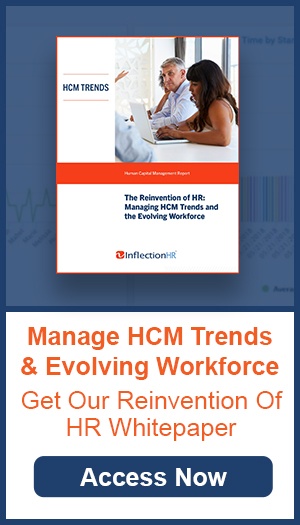Despite the increased sophistication and widespread adoption of digital technology, most organizations' human resources (HR) departments remain devoted to paper, such as forms, memos, handbooks, and onboarding materials.
Those that are shifting functions to paperless HR processes are saving time, money, and could significantly reduce the amount of storage space needed for all those files and machinery leading to a smaller workspace. It also helps with onboarding remote employees something that is critical in today's HR landscape.
Paperless HR - The Future of Work in 2022
Digitization through cloud-based HR software makes it easier to edit, save, collaborate and share large amounts of documentation. The digital tools that enable a paperless HR department are also designed to accommodate the vast array of compliance issues that its professionals have to deal with it.
E-Signature Tools With Paperless HR
The type and scale of most HR activities are influencing the increased demand and use of electronic signature tools. Previously, most people filled out forms on their computer screens, printed them just so they could sign them, and scanned the signed copy back onto the computer before submitting or sending it. Now, the advent of e-signatures has changed all that.
There are several situations in which the application of hard-copy signatures is impractical. They include filling out certain forms, handling open enrollment for employees spread across the country, and rolling out handbooks for 1,000-plus employees.
With e-signature tools, organizations can achieve a paperless HR department by eliminating the times when hard-copy signatures are required. Before deciding on the use of e-signature tools, however, HR departments should take note of the various laws concerning their use, locally and internationally.
Automate Record-Keeping With Paperless HR
Using a digital filing system is one of the best ways to do away with paper-based workflow in HR activities. Organizations can replace filing cabinets with modern document-management software that places every document and piece of information at their fingertips. It also allows HR departments to efficiently use HR analytics.
 Aside from eliminating the need for hard copies, HR personnel can have access to the documents they need anywhere, any time, and through a device of their choosing. That's beneficial in an age of remote and telecommuting work arrangements and an increasingly mobile workforce.
Aside from eliminating the need for hard copies, HR personnel can have access to the documents they need anywhere, any time, and through a device of their choosing. That's beneficial in an age of remote and telecommuting work arrangements and an increasingly mobile workforce.
To ensure that data stays secure and accessible, HR departments can back up their data to offline and online storage media, encrypt sensitive data and establish cybersecurity best practices to help mitigate security concerns.
Automating record-keeping activities involves:
- Segmenting the categories HR paperwork typically falls into, including performance management, payroll, benefits, and compliance.
- Streamlining those activities and creating workflows that can easily handle them with a paperless HR software system.
- Identifying repetitive processes for each category that can be handled through automation, such as onboarding that involves a lot of repetitive processes, paperwork, and formalities.
- Finding a software system capable of handling all of that, yet flexible enough to adapt to changing HR requirements. Such a system should also be able to limit access to sensitive information through role-based access privileges.
Why Paperless HR is What Businesses Need in 2022
There are many reasons why a cloud-based HR solution can help move your business forward in 2022. Moving away from a paper-based workflow is difficult for traditionally-minded employees who cannot envision their work environment without a piece of paper in sight. However, in the wake of COVID, paperless HR is really the only way to support remote employees with the proper technology.
So the transition to a paperless process, therefore, must be made as painless as possible, and employees must be able to see that it delivers tangible benefits to the organization.
Final Thoughts on Paperless HR in 2022
Staff should be trained in how to use document-management solutions, automated record-keeping software, e-signatures, and other tools that make a paperless HR department feasible. Removing systems such as printers and fax machines, or at least limiting access to them can make it easier for HR personnel to make the transition.
If you are an employer that is struggling with HR processes, then a cloud-based HR solution may be the best solution. To see how Inflection HR is already helping countless businesses make the switch to paperless HR, contact us today.


